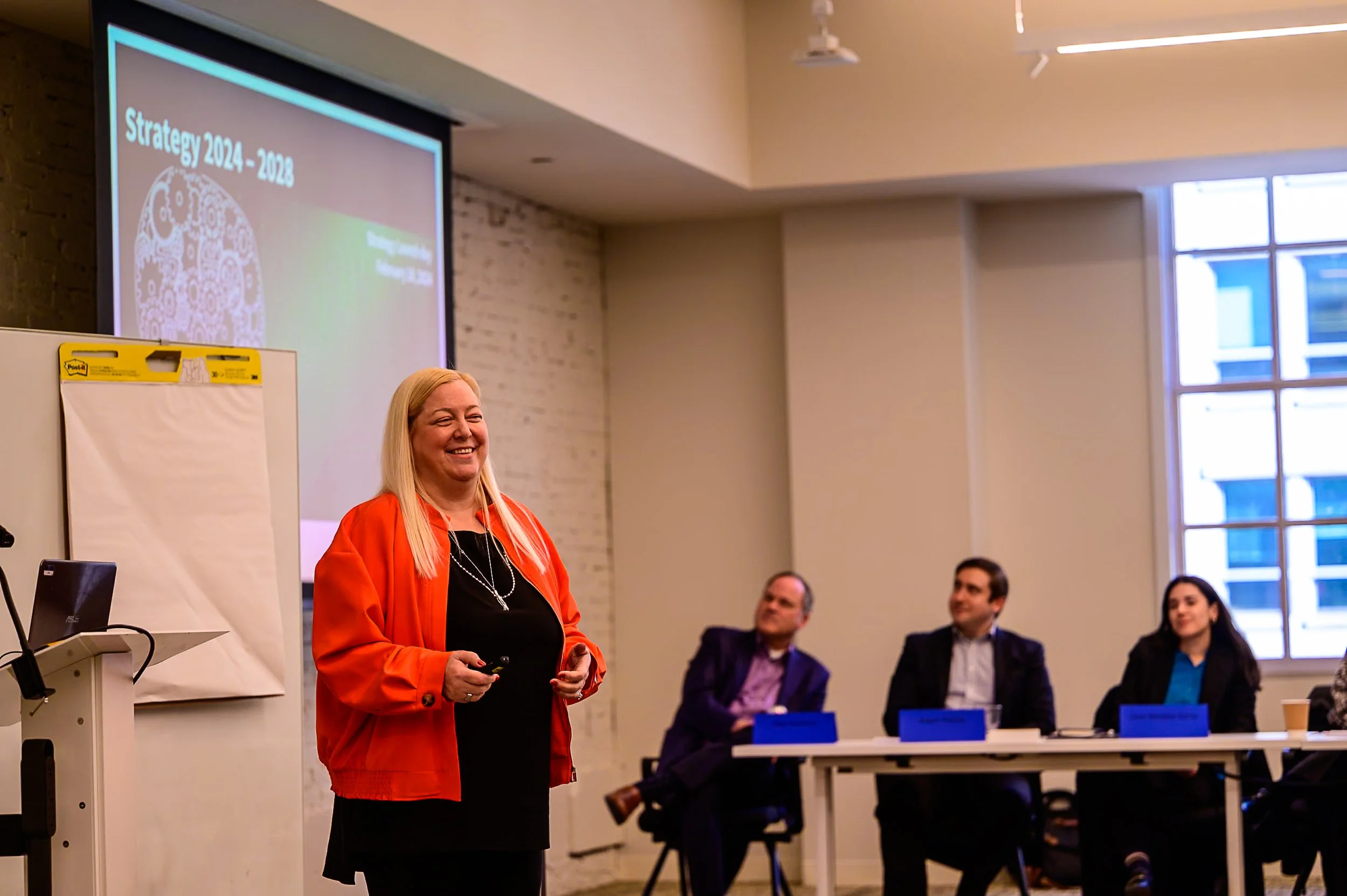
Building a Customer-centric Culture in Government
With the emergence of social media and the ability for reviews to go viral, a customer has unprecedented influence on an organization’s image. Because of this, it is critical for an organization to develop a process that makes it easy to build relationships with existing or potential customers and provide them with a positive customer experience (CX).
CX is important in the public sector because the Government is often the sole-source provider of a service. Government agencies need to look beyond simply providing services as quickly as possible and, instead, shift their focus to the customer and their personalized needs, desires, and satisfaction levels. This will translate into mission results.
The most essential step towards creating a customer-centric culture is intertwining empathy for the customer into the DNA of your agency and aligning your core values to be customer-focused. When your agency concentrates on meeting customer needs and encouraging feedback, the customer will become a part of your solution and inadvertently drive services, implementation, and future development.
So, how do you do this?
Understand your Customer: Involve your customer, take their point of view into account, and think about how the outcome of a decision may affect them. Focus on what they want, anticipate what they need, and create new value in order to build relationships with them
Design the Customer Experience: Implement a customer strategy that focuses on meeting and exceeding customer expectations. Make each interaction enjoyable and productive. You want your customers to affiliate their success with your agencies’ services
Define the Culture: Cultivate the mindset and values of customer centricity in your employees and continually reinforce an organization-wide commitment to them. You need to demonstrate how a great customer centric culture can help your organization achieve its goals and thrive in the future. Your culture is an asset – treat and promote it as a such
Empower Front Line Employees: The people who can improve CX directly through the customer and behind the scenes are essential. Your CX will not improve if your own employee experience is not top notch. When employees are happy and treated well, they will share and mirror their experiences with their customers
Embrace Customer-focused Training: Have customer service leaders. Train all employees on your customer service standards and their roles, responsibilities, expectations, and behavioral norms to make CX stand out
Collect Metrics that Matter: Adopt tools like journey mapping, establish a voice of the customer to share agency-wide, or create attentive feedback loops to create seamless support systems and immediate solutions while exposing areas for improvement and growth. Make this data easily accessible throughout the entire organization so employees can analyze and make decisions based on this information
You will achieve unprecedented mission results if you make creating a customer-centric culture at your agency a priority.





















